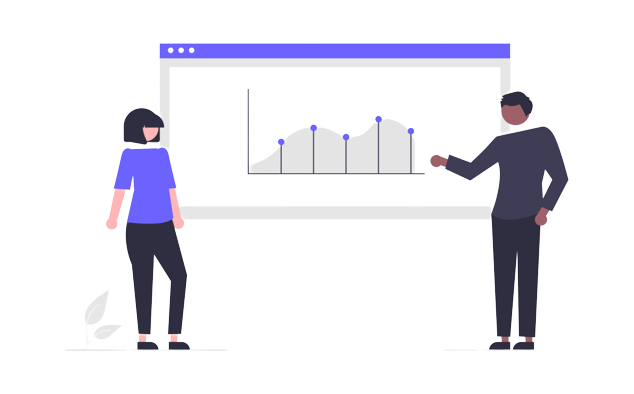E-Commerce
CRM
A successful eCommerce business must have an effective, standardized way to
manage
leads, contacts,
opportunities, and customer accounts as well as the ability to know what's happening during each
step of
the sales cycle. In other words, you need a seamlessly integrated CRM solution, which gives every
department access to real-time, synchronized data from a single source.
Building a customer database within the integrated solutions allows you to easily reach out to your
customers with offers such as sales, discounts, and special promotions; these promotions are
designed
inside the eCommerce platform and the ERP system understands what it's receiving, making a record
for
later reporting.
Additionally, eCommerce ERP and CRM integration create an omnichannel commerce environment.
Regardless
of how customers purchase your product from you, your centralized CRM will associate each order with
the
correct customer. It provides a 365-degree view of how your customers have engaged with you in the
past
and how they're engaging with you in the present.
INVENTRY MANAGEMENT
When business is booming, tracking inventory becomes more complicated. You need
to
know where your products are located, and your customers want to know if the product is in stock. An
integrated ERP solution is smart enough to communicate this information to everyone. It offers
accurate,
real-time access to available inventory, whether the inventory is located in a warehouse, split
between
warehouses, or in transit. You're also privy to reorder quantities and inventory costs.
FINANCE
Though your general ledger (GL), accounts payable (AP), and accounts receivable
(AR) can be managed through QuickBooks, a cloud ERP solution allows you to manage those tasks while
also
supplying real-time eCommerce updates. For example, when an eCommerce site sale comes into your ERP
solution, it immediately shows up in the sales order and is populated throughout your financial
statements. As soon as the payment goes through, it's seen as revenue.
Additionally, an ERP system audits your finances, your inventory, your customers (including
relationships and opportunities), and your sales. By integrating your eCommerce platform with ERP,
the
eCommerce system becomes an extension of that auditing system
Product information management
Because you sell products to customers in different ways, centralizing your
product
information within an eCommerce ERP solution is critical. This information could be about your
vendors,
product pricing, and customer-specific pricing, or perhaps options associated with your product.
Managing your information in one location allows you to push that information out to many locations.
